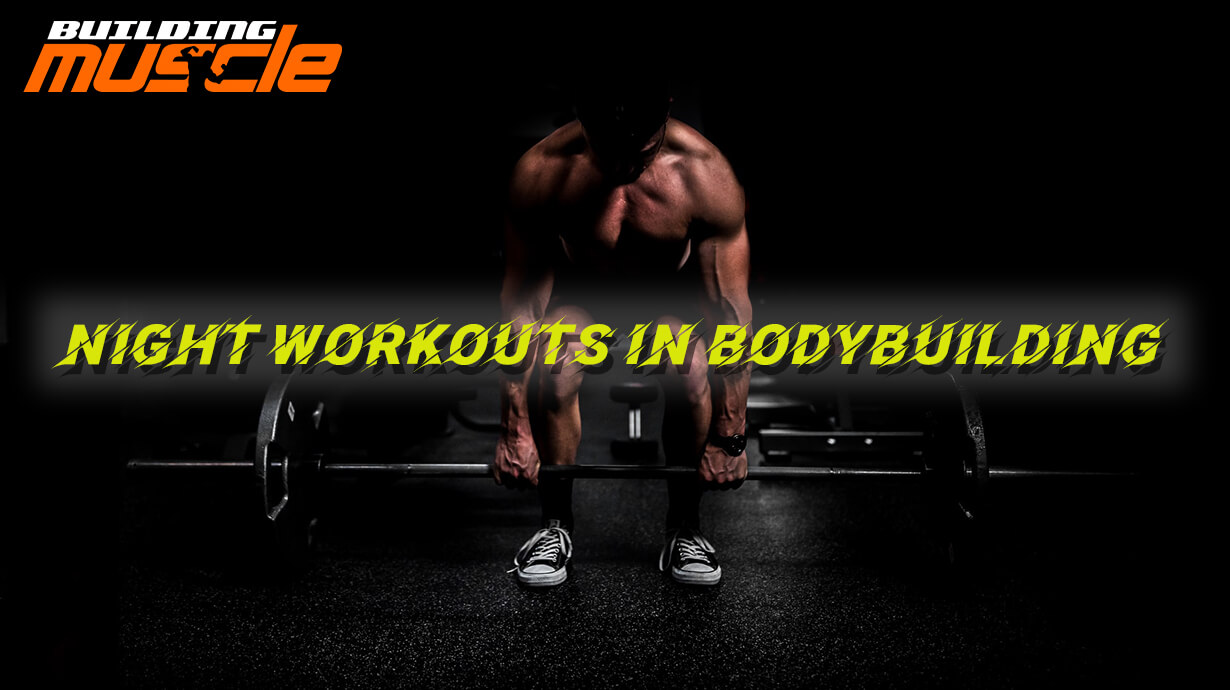
Many athletes and fitness enthusiasts looking to gain muscle mass, burn subcutaneous fat, and increase strength and endurance have the same question: When can and should I work out to get the best results? As a rule, the choice is made in favor of workout in the morning (before work) or in the evening (at the end of the working day). However, not everyone can afford such a schedule. In particular, some fans of iron sport have to exercise at non-standard times, such as after zero hours.
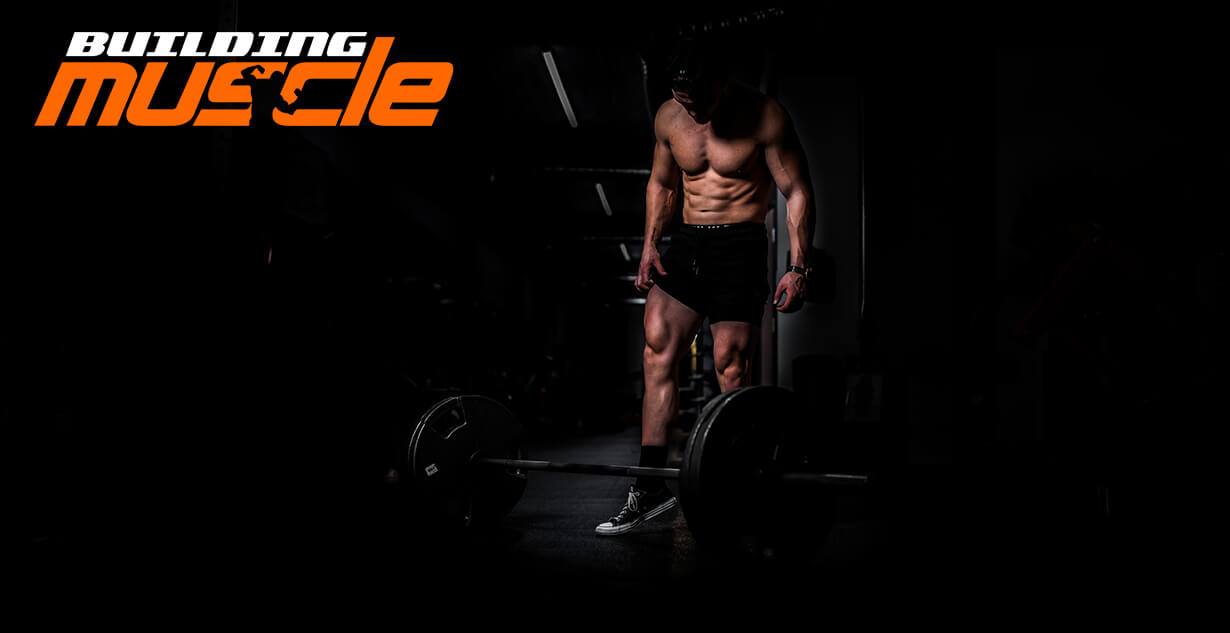
In this article, we want to understand how effective and safe are the training at night. To do this, we will consider what hormones are produced at night and how they affect the training process, as well as explore the issues of diet and sports nutrition for workout after sunset. We hope that the information presented by us will be not only interesting but also useful for you.
Night training and hormonal balance
First of all, we need to talk about circadian rhythms. Diurnal rhythms (or circadian rhythms) are cyclic changes in the biochemical processes that occur in the human body and are associated with the change of time of day. You can say that circadian rhythms are our biological clock.
One of the key hormones that affect our circadian rhythms is melatonin. It is a hormone produced by the pineal body (epiphysis), which regulates the endocrine system, promotes falling asleep and performs many other important functions. Melatonin’s ability to regulate sleep-wake was not singled out for nothing, as it plays a key role for the athlete planning to exercise at night. The fact is that melatonin synthesis increases markedly after sunset. Accordingly, its level at night is much higher than during the day. And it is this hormone that switches your biochemical processes into “sleep mode,” which negatively affects the efficiency of workout.
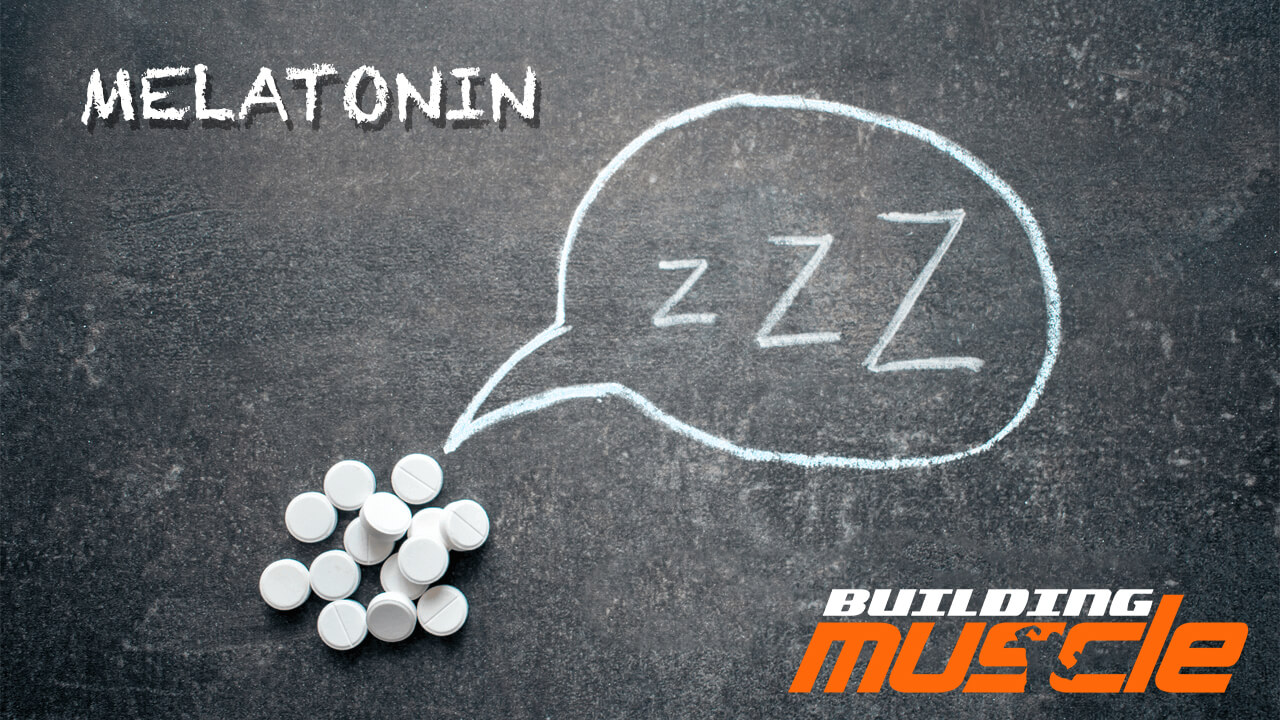
Also, diurnal rhythms depend on such important hormones for each man as testosterone and cortisol. Testosterone is one of the main anabolic hormones. It affects both muscle growth and strength levels. In other words, the concentration of testosterone largely determines the results of training. And cortisol is one of the main catabolic hormones. It is directly involved in the destruction of muscle and accumulation of fat. That is, the intensive synthesis of cortisol slows down progress in bodybuilding.
As a rule, the maximum level of testosterone in men is observed early in the morning, so the morning workout is considered very effective. In the afternoon the concentration of male sex hormone slowly but surely decreases (with small jumps here and there), reaching its minimum close to 9 pm. From there on, it gradually rises back up. In accordance with daily rhythms, we conclude that your night workouts will take place at average testosterone levels.
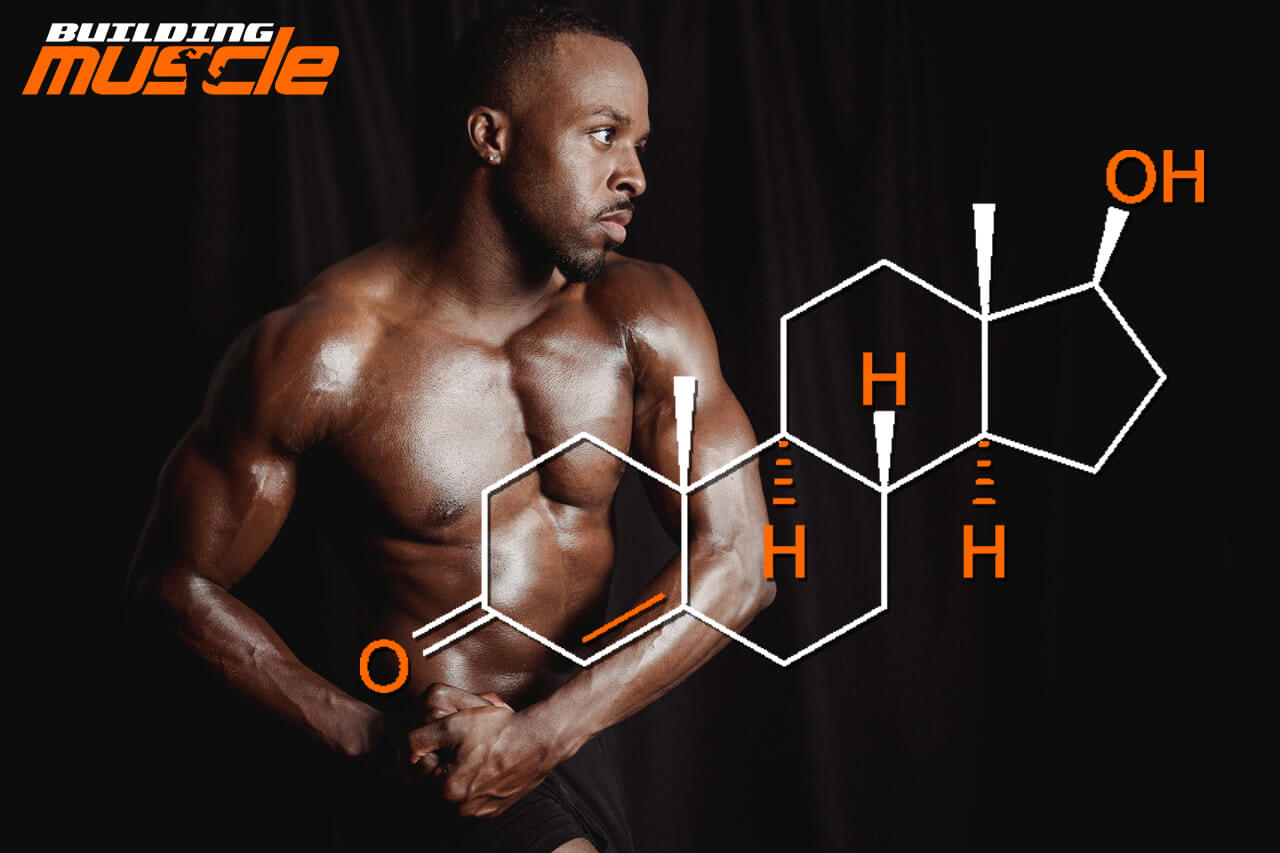
What about cortisol concentration? It also peaks closer to the morning, just after waking up, and its average minimum values are observed at night. So, if you are exercising after sunset, cortisol should not be a serious problem for you.
This is a controversial situation. On the one hand, in the morning we have high anabolic and catabolic activity (due to testosterone and cortisol, respectively), and on the other hand, at night they are both at an average or low level. It turns out that in terms of hormonal balance, training in the morning and at night are roughly equal to each other, and for a bodybuilder provide commensurate results (in gaining muscle mass, burning subcutaneous fat and increasing strength and endurance).
We would like to add a few words about somatotropin, which is a growth hormone that, along with testosterone, is one of the main natural anabolics. Obviously, its high concentration will benefit the athlete. The problem is that a nocturnal surge of growth hormone does not happen by itself, but rather in response to sleep. In other words, there won’t be a significant difference in somatotropic hormone levels between night and morning workouts.
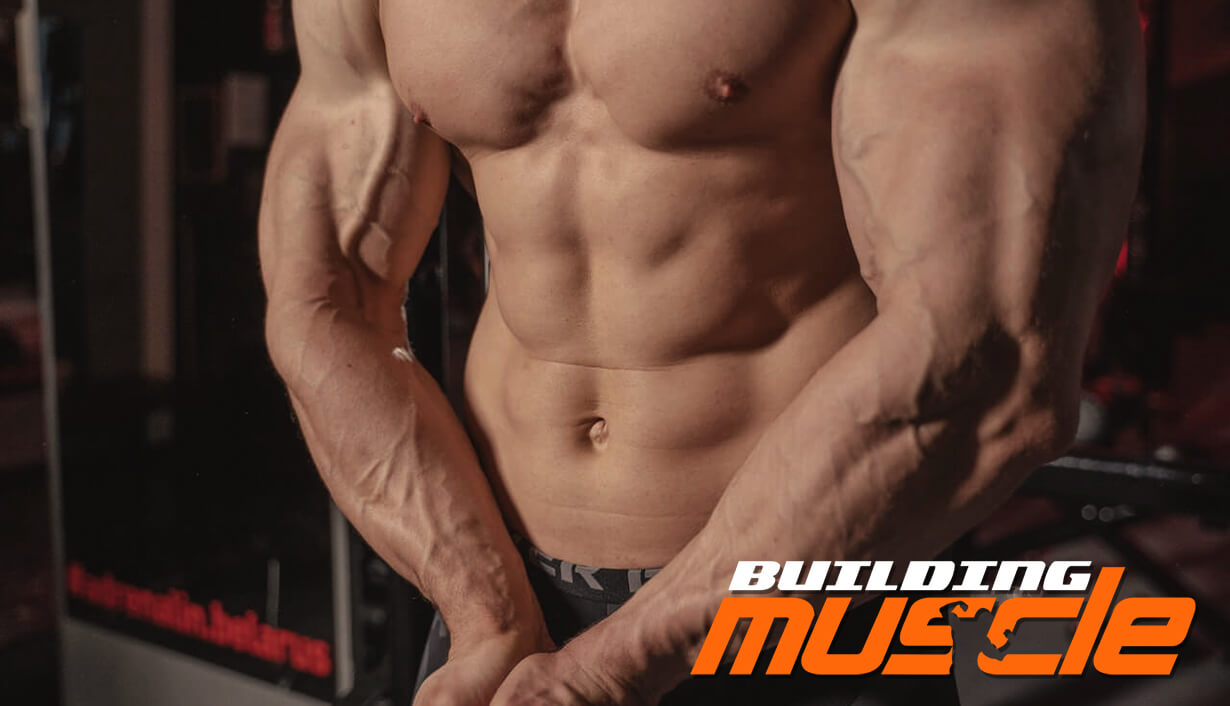
Additionally
As we said before, your circadian rhythms are regulated by the hormone melatonin, which increases in blood levels after sunset. But there’s no need to panic. When you exercise at night, artificial light sources and intense physical activity will prevent your epiphysis (pineal body) from producing enough melatonin to put you to sleep.
In addition, our body is able to adapt by rearranging our biochemical processes to work out at night. In other words, it is not forbidden to pull iron at night. You can even achieve good results. Simply to do so you have to reconsider your own regime including the sleep schedule: you have to sleep at least 6-8 hours a day in any case, because a good rest is as important attribute of bodybuilding as a power training or correct nutrition.
Sports nutrition for night training
First, when training at night, you most likely have to give up using various pre-training complexes, which have an activating effect and stimulate the nervous system. Taking them after zero hours can negatively affect your circadian rhythms (if not immediately, then in the long run). Simply put, you may have trouble sleeping. It will be difficult to fall asleep even several hours after the end of a nighttime workout.
What you can and should consume to help your body with overnight training are amino acids, particularly BCAAs (essential branched-chain amino acids). They help stimulate anabolic processes regardless of the time of day. Beta-alanine is also useful for increasing cognitive functions and muscle endurance.
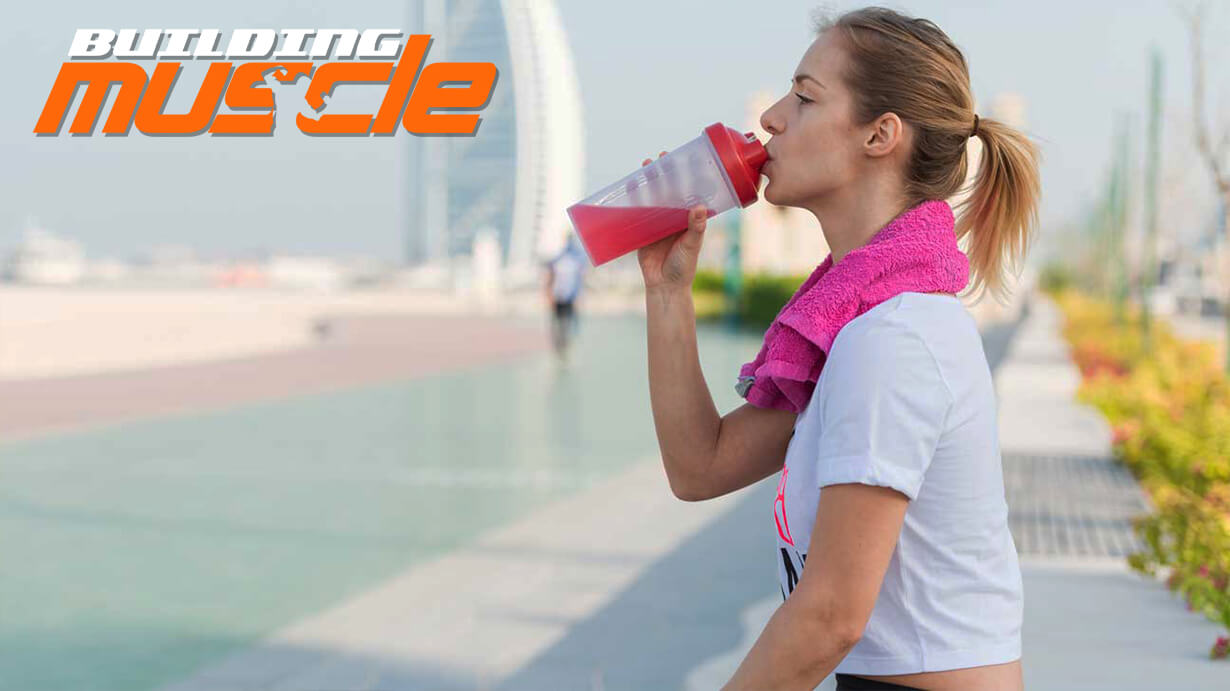
Creatine, glutamine and tribulus are also useful for night time athletes. With the first and second and everything is clear, the third stimulates the synthesis of testosterone. You can eat them both in the form of independent supplements, and in the form of complex preparations. But then, make sure that the complex does not contain powerful stimulants that overstimulate the body.
Note that when you train at night, problems with sleep may occur in any case. Herbs like valerian and drugs like GABA (gamma-aminobutyrate or gamma-aminobutyric acid) are good to take to help you fall asleep. Some sources recommend ZMA (a combination of zinc, magnesium and vitamin B6) for the same purpose, but you and I know that its benefits are questionable or non-existent.
Secondly, it is necessary to reconsider your own eating plan. Thus, the meal before a night workout should contain an increased quantity of protein and fats, which are necessary for increasing the concentration of testosterone. In turn, after a workout at night you should eat more protein and slow carbohydrates, with a ratio of 50 to 50 (if you do not count fats). This will allow you to close the carbohydrate window without accumulating excess fat.
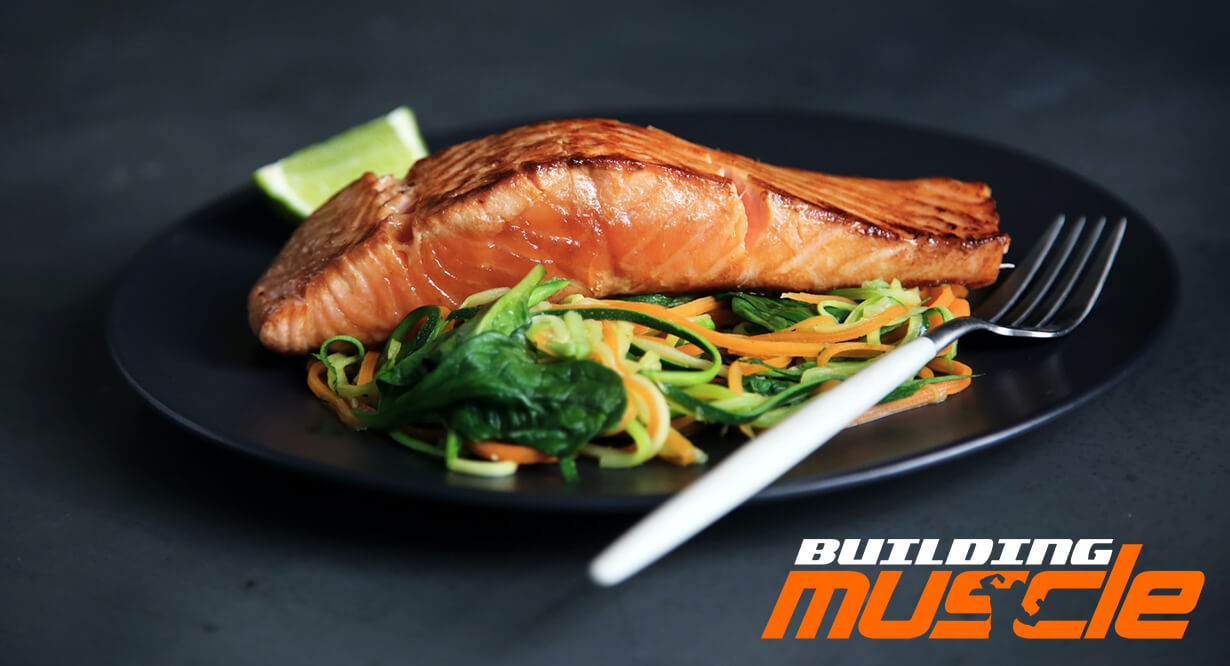
In general, if an athlete or fitness enthusiast has no other options, you can work out after the sun goes down. Yes, some changes will have to be made to the schedule, from rest to nutrition, but there’s nothing impossible about it. Perhaps the most serious problem here is staying awake at the end of a night workout. Poor sleep is a real threat to a bodybuilder’s results. However, it can also be dealt with, as long as there is a desire to do so.
A Scientific Approach to Training at Different Times of the Day
In conclusion, we want to tell you about a study that was conducted by scientists from the United States. It should set the record straight on the effectiveness of training at different times of the day.
How was the study carried out?
Dozens of men from different social groups, who were not previously engaged in sports at a professional level, took part in the experiment of American scientists. For the subjects, scientists developed special training programs – strength training (to gain muscle mass) and cardio training (to burn subcutaneous fat). The purpose of the experiment, as mentioned above, was to establish what time and sequence of training were optimal. That is, the researchers wanted to find out when and how to exercise to get maximum results in bodybuilding.
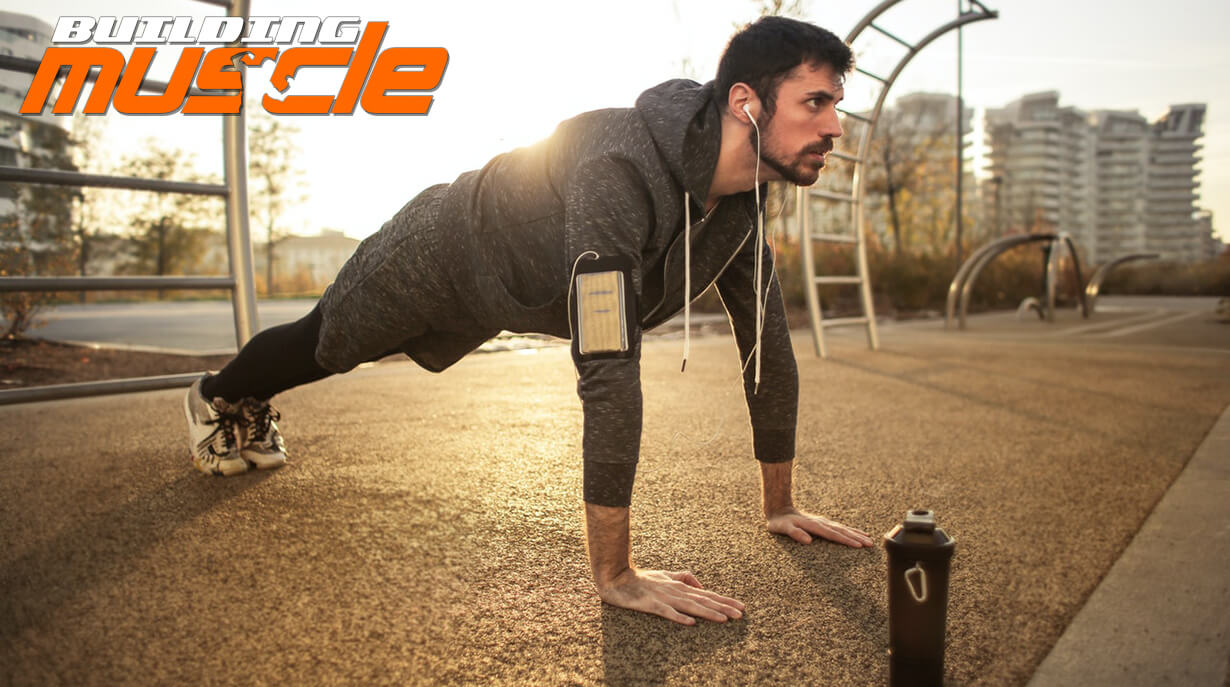
All subjects were divided into five work groups:
- Group 1 – training in the first half of the day, first cardio training and then a power workout.
- Group 2 – training in the second half of the day, first cardio training and then power workout.
- Group 3 – training in the first half of the day, first power workout and then cardio training.
- Group 4 – training in the afternoon, first power workout and then cardio training.
- Group 5 – no training, only adherence to the regimen (healthy sleep, proper nutrition, and so on).
The power workout consisted mainly of basic exercises, and isolation exercises played a secondary role. For example, subjects performed bicep raises, bench presses, barbell squats and leg extensions or bends in a training machine. In the process, the volume and intensity of exercises gradually increased (working weights, number of repetitions and sets increased, rest time decreased – a standard principle of strength progression).
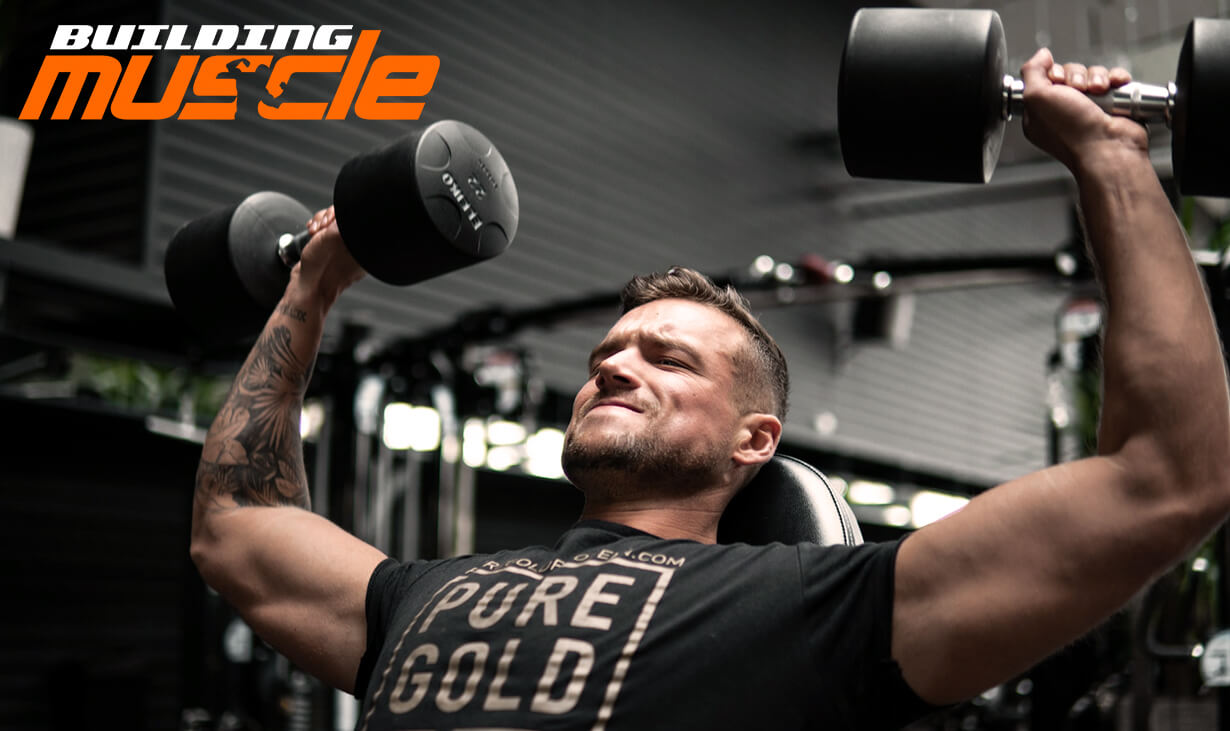
In turn, cardio-training consisted of regular running (at a moderate pace) and lasted no longer than 30-60 minutes.
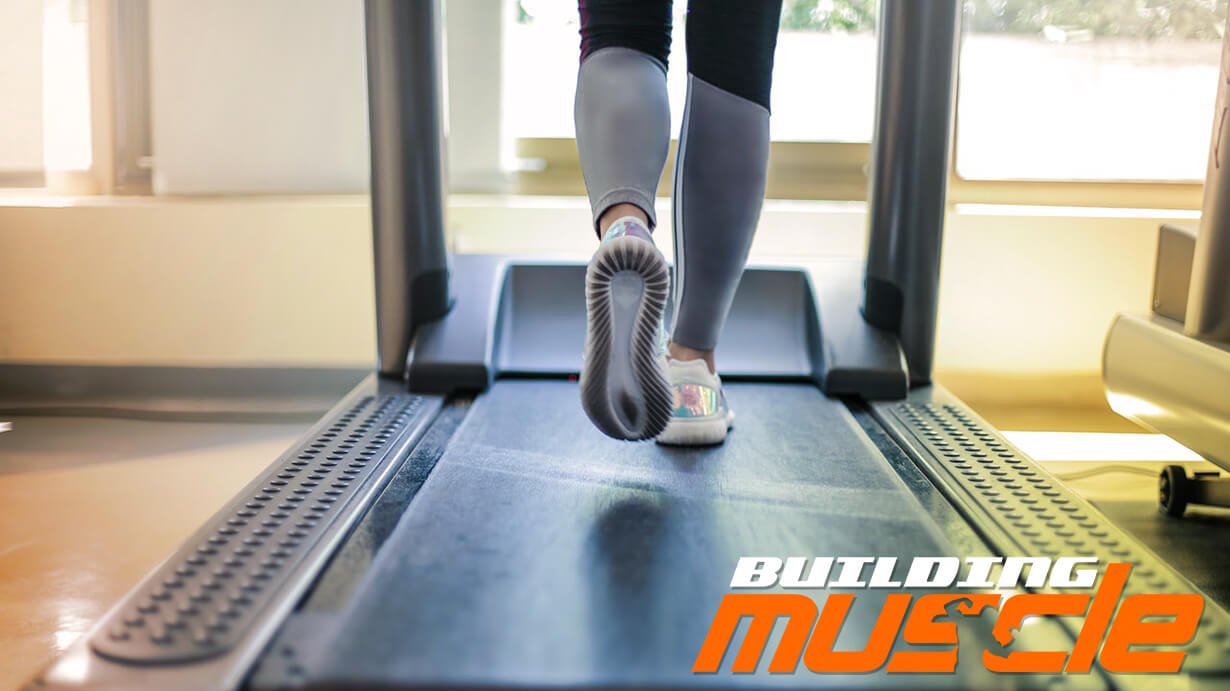
Before the experiment, each man underwent a thorough medical study, which included determining their initial muscle mass, body fat percentage, strength and endurance levels. The subjects also underwent periodic tests to determine their blood concentrations of hormones such as testosterone, cortisol and somatotropin (we talked about these in detail at the beginning of the text).
What are the results of the study?
The final results of the experiment lead to some interesting conclusions. In particular, scientists found that the timing of the workout has no significant effect on the levels of testosterone, cortisol, or somatotropin. They are in a kind of balance – somatotropin is about the same in the morning and evening, testosterone and cortisol are both higher in the morning and lower in the evening.
The greatest progress in strength and muscle endurance was observed in the 2nd group (explained by increased body temperature and a better response of testosterone secretion in the second half of the day). And fat burning was most pronounced in the 1st group (it is caused by accelerated metabolism in the first half of the day). As for gaining muscle mass, each group, except the 5th one, showed rather high results.
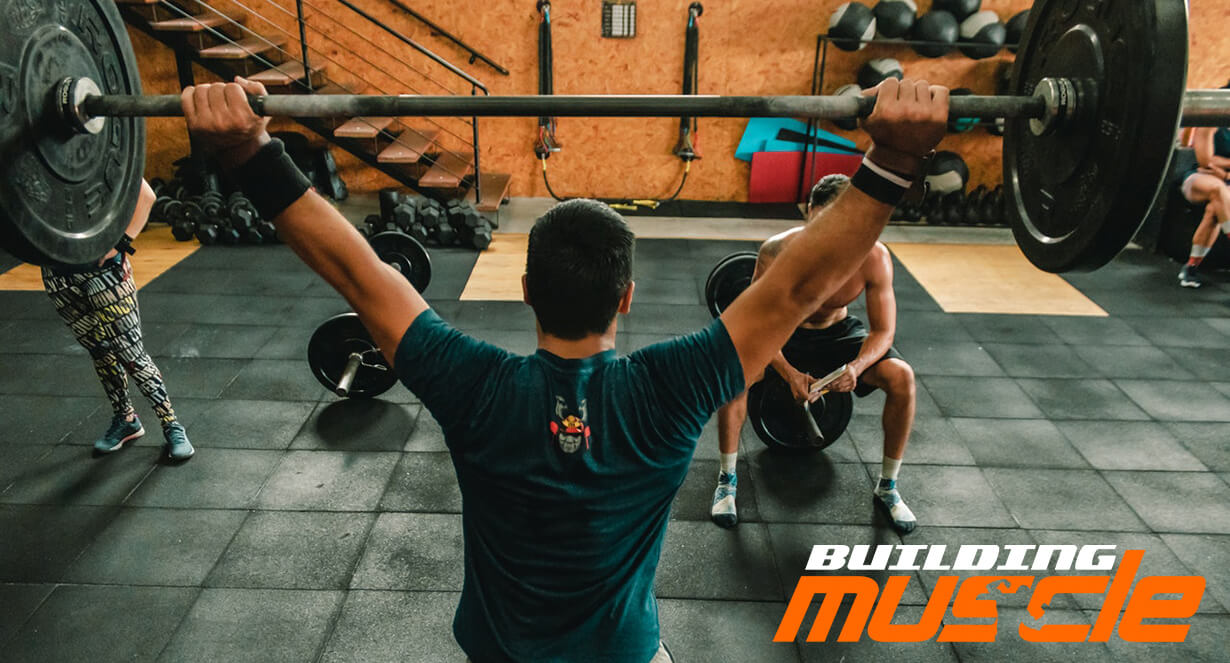
So, unless you are a professional athlete for whom even minimal factors can be an advantage over competitors, there is no point in focusing on training time. But, when an athlete or fitness professional has a choice, it is better to exercise in the morning (for weight loss) or in the afternoon (for strength and endurance gains). Because potentially, these periods allow for maximum progress toward your intended goals. And one more point: when combining strength and cardio exercises, it is advisable to perform endurance work first, and then to take up strength work.
All other things being equal, this is the optimal variation.

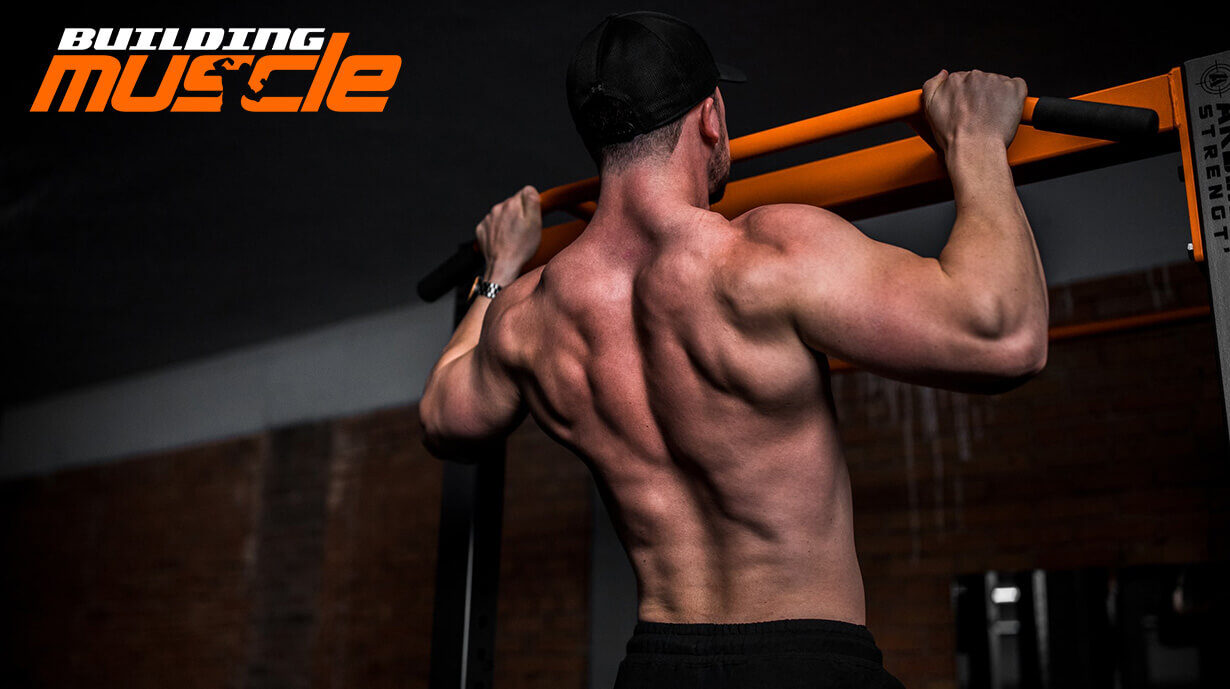
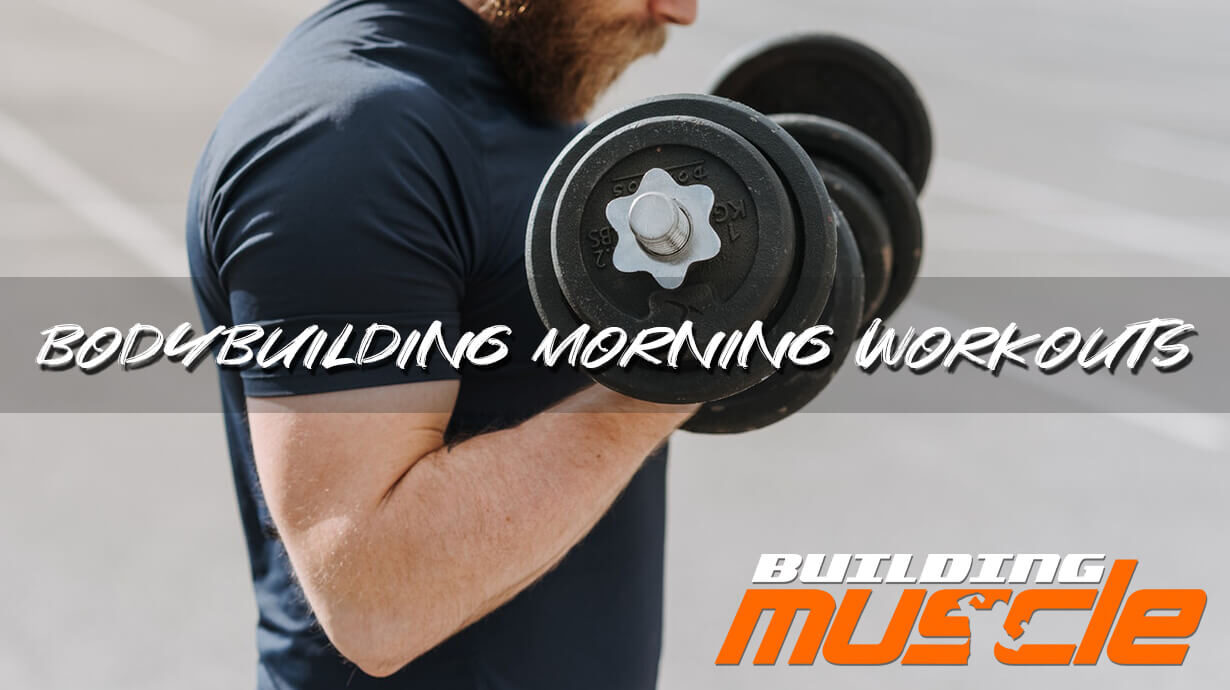
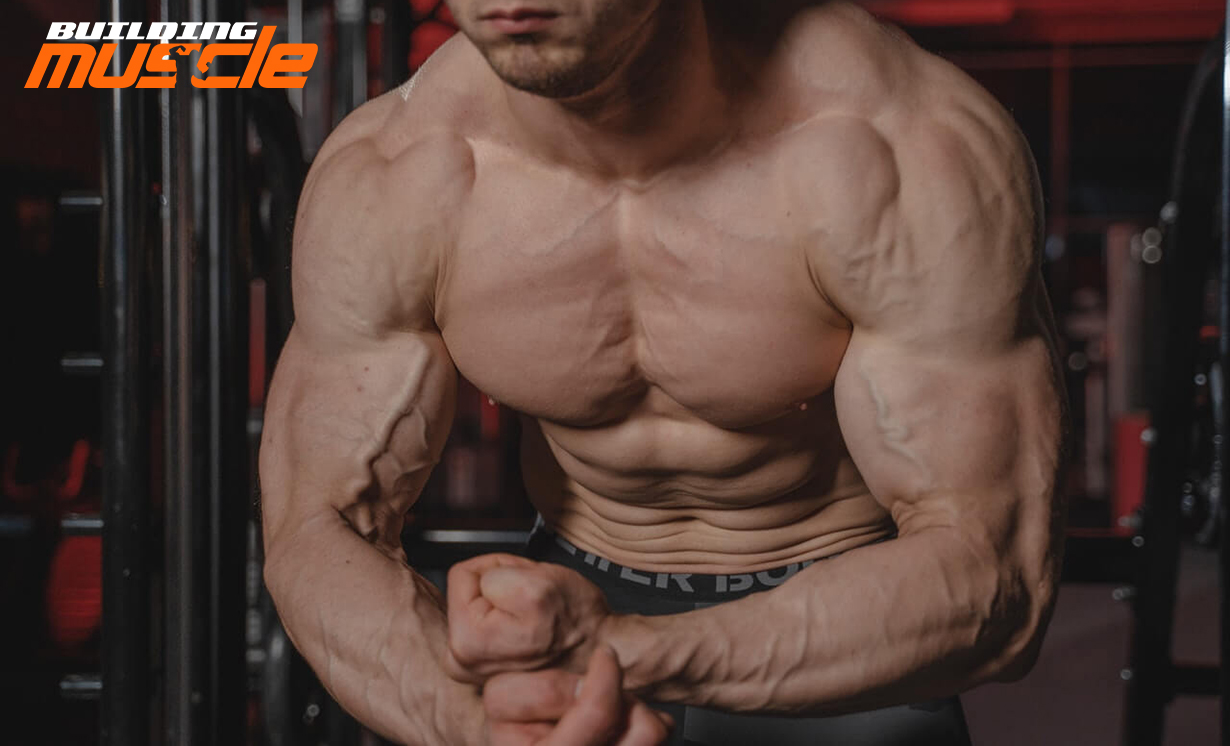
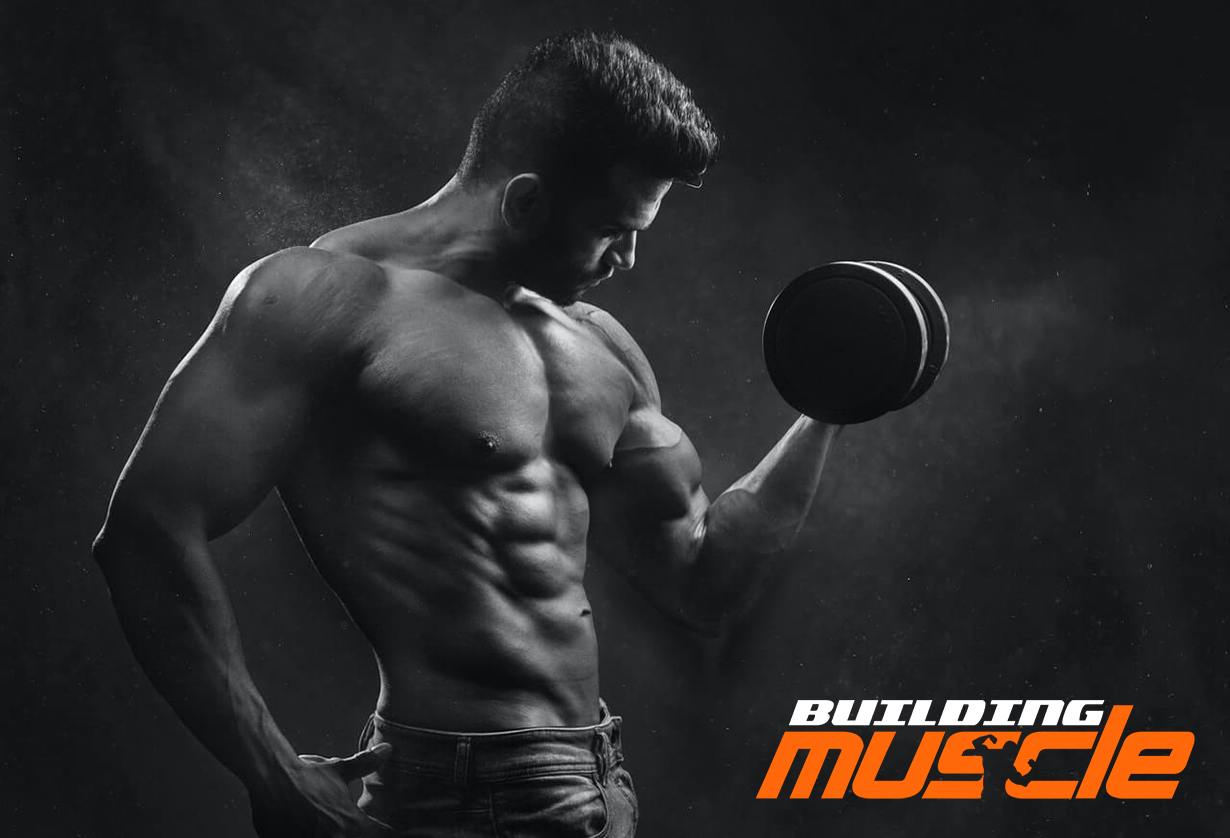
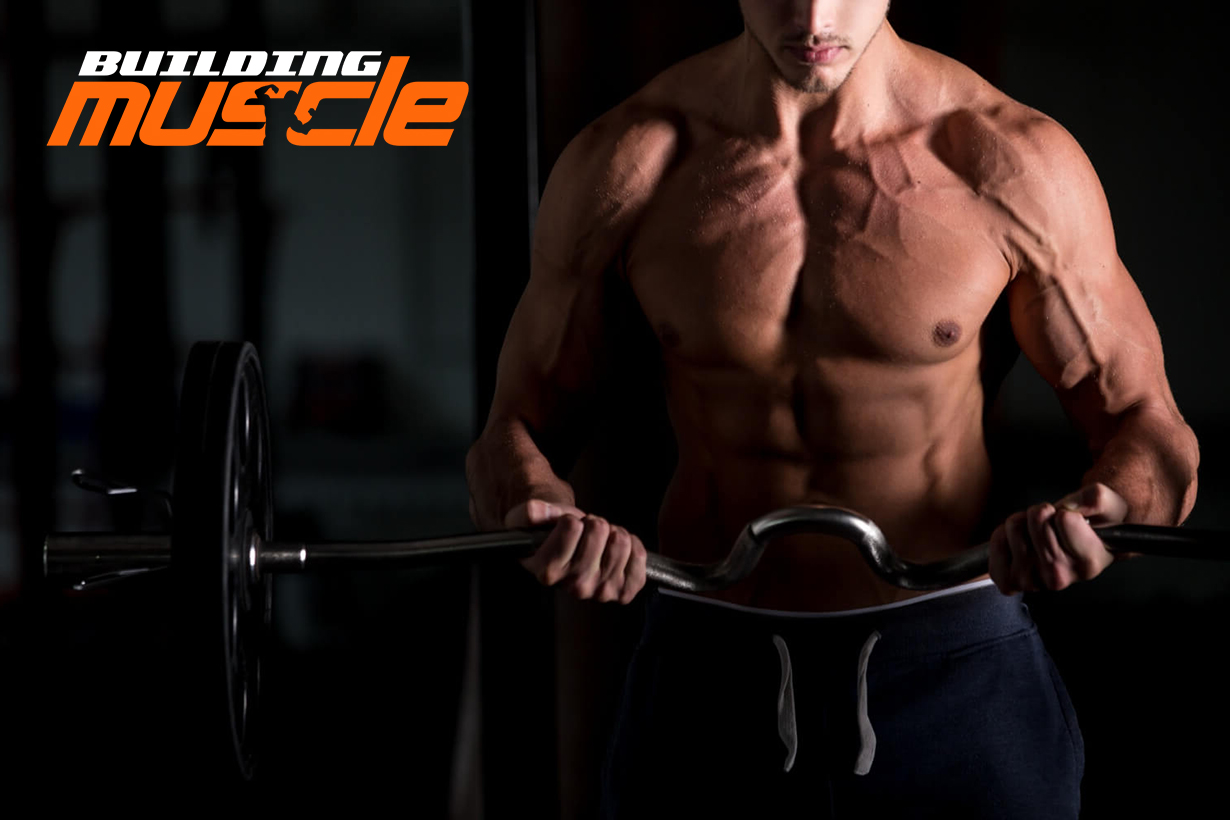
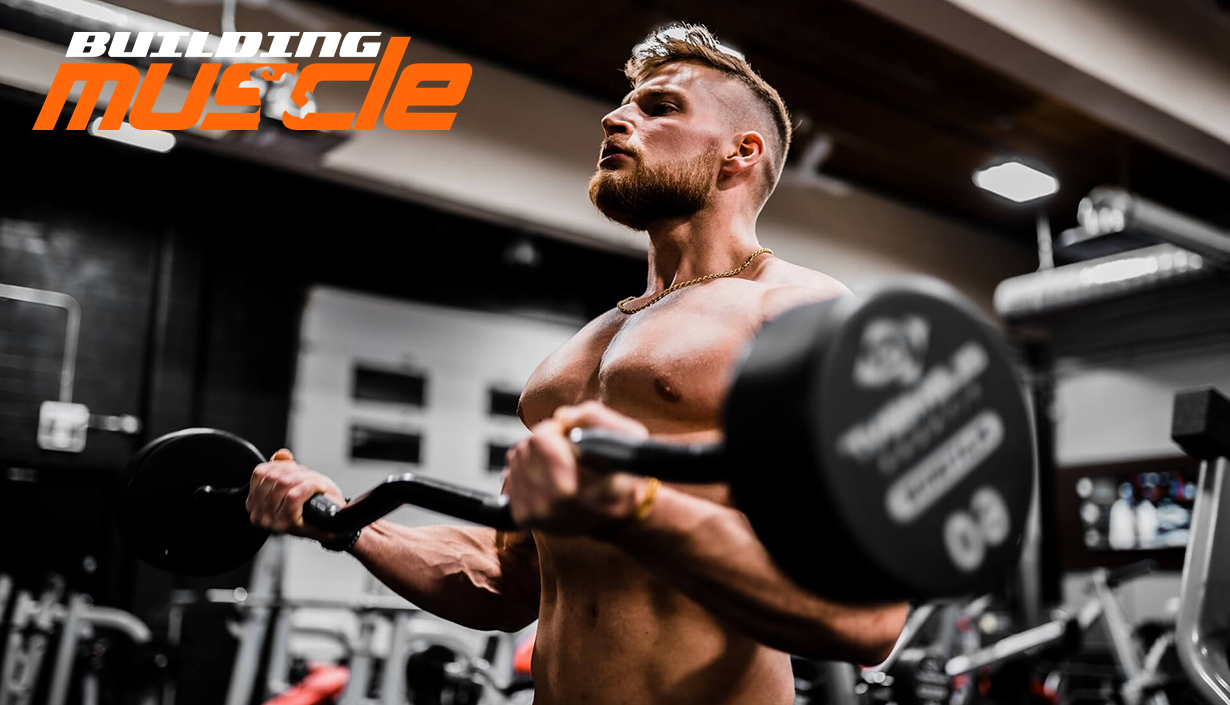
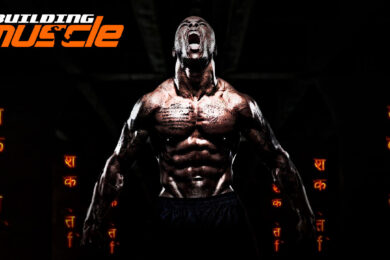
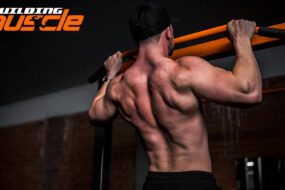
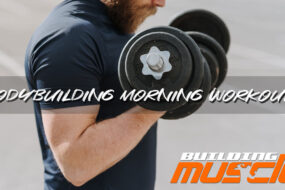
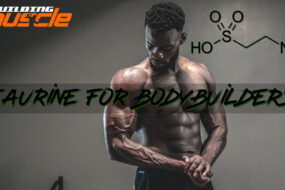
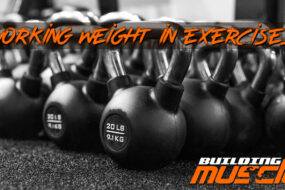
No Comments